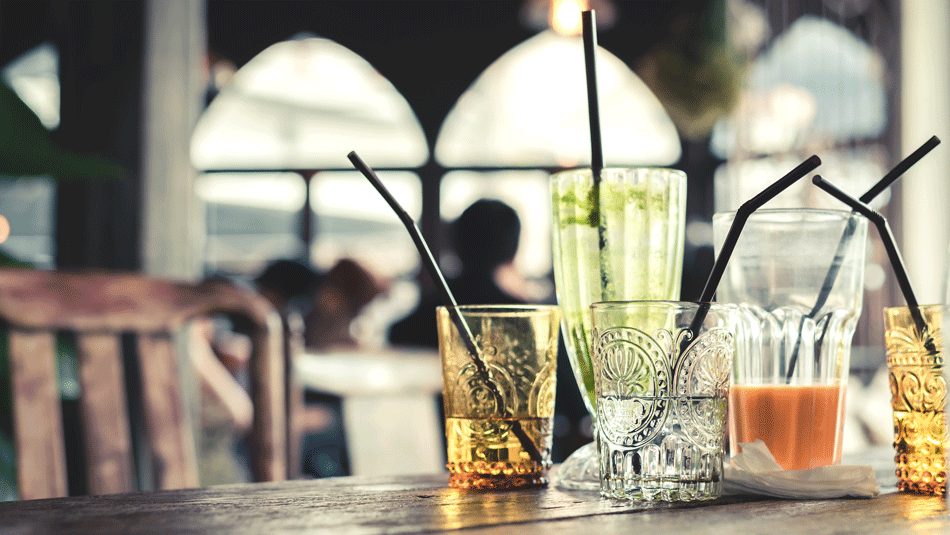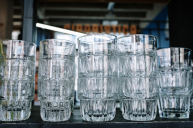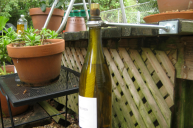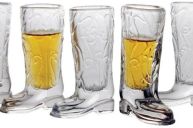Imagine for a minute that you just bellied up to the bar and ordered yourself a beer. As the bartender pours your pint glass, you wait patiently, practically tasting the suds already. As you reach for it in front of you, you're about to put your lips to the glass and then you see it. It's the dreaded lipstick residue. Your image of the perfect pint has been shattered by this unsightly dirty glass indicator. Now for a moment, imagine there was no lipstick. Without any obvious telltale sign of a dirty glass, would you still consider it clean?
Videos by Wide Open Country
Serving up a less than clean pint happens - a lot. I can't tell you how many times I've been served a dirty pint or have had to rewash a dirty glass myself before serving a customer. Dishwashers fail to remove lipstick, hand washing can cake them in sanitizer, and storage can cause other particles to enter. The question is, how can you tell you're drinking from dirty glassware without any clear indicators? The answer, the carbonation.
https://www.instagram.com/p/rf2id3nWHN/?tagged=dirtybeerglass
Carbonation is a glorious thing for beer. It produces aromatic foam, creates a better mouthful, and prevents a keg from going flat. It also tells you you're drinking a dirty beer. Dirty beer glassware can have soap residue, sanitizer, food residue, and who knows what else inside of it. The carbonation bubbles cling onto that residue as if they are screaming to you "hey, this glass is dirty".
According to the Brewer's Association Draught Beer Quality Manual, this is the sign of a clean glass:
"forms a proper foam head, allows lacing during consumption, and never shows patches of bubbles stuck to the side of the glass in the liquid beer."
If you are presented with one of these less than fresh pints, don't feel bad about sending it back. You don't have to be a beer snob obsessed with craft beer to want a clean glass. Besides the obvious sanitary reasons, the extra grim can effect the flavor of your beer which does a disservice to the makers.
From the milling to the packaging, brewery production workers bust their bottoms to produce quality beer. It's a shame when all that hard work is destroyed by a dirty beer glass. Clean glassware should receive the same consideration the brewhouse gives the beer.
If you want the ultimate drinking experience, these are the three tests you can conduct to see if your washing method is doing your beer justice:
1. Sheeting Test
Dip the glass in water to see if it's evenly coated. Droplets forming in a wet glass are a sign your glass isn't clean.
2. Salt Test
https://www.instagram.com/p/Bd1gXAtgYgA/?tagged=dirtybeerglasspolice
If you sprinkle salt inside the glass and it does not stick to the sides evenly, then it's not a clean surface. Salt will cling onto any greasy film left in the glass. Whether you see it or not, the salt will let you know it's there.
3. Lacing Test
When you fill a glass with beer, it should form parallel rings as you drink it. If the lacing is a random pattern or there is no pattern at all, ditch the glass for a new one.
Now then, anyone for a pint of beer?




